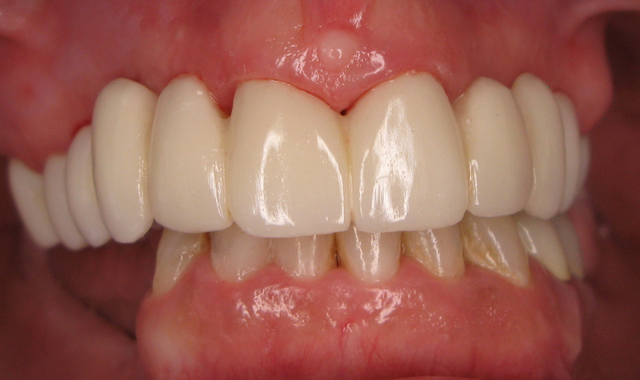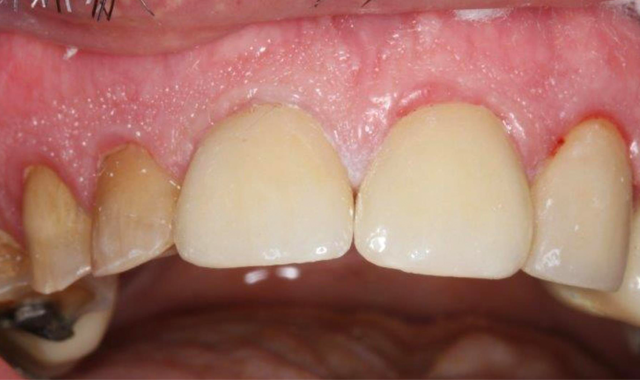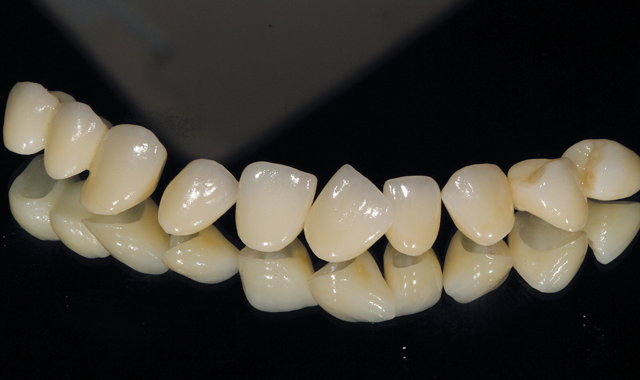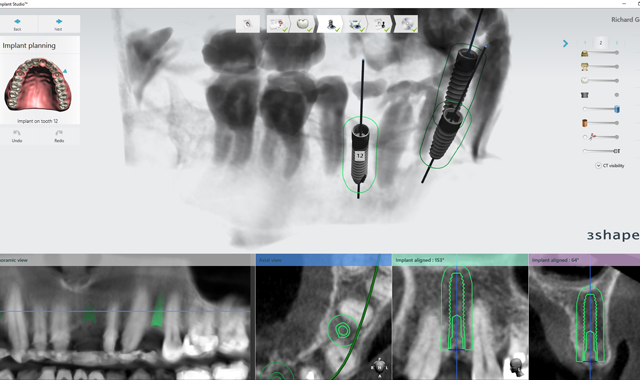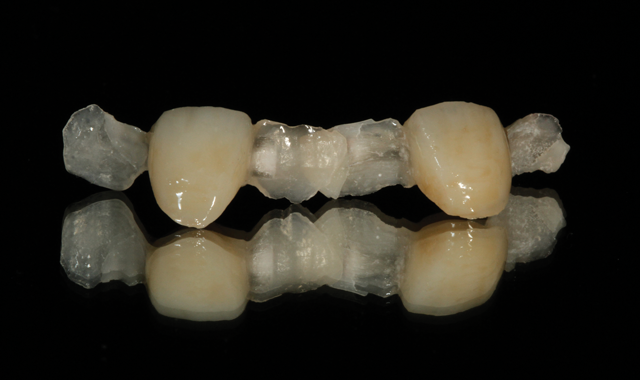5 techniques showcasing long-lasting results
Esthetics and durability are no longer mutually exclusive, and these real-world examples prove it.
Gone are the days when labs and dental offices had to choose between esthetic or durable. New materials, processes and techniques mean that patients are being left with a great smile that they can actually use.
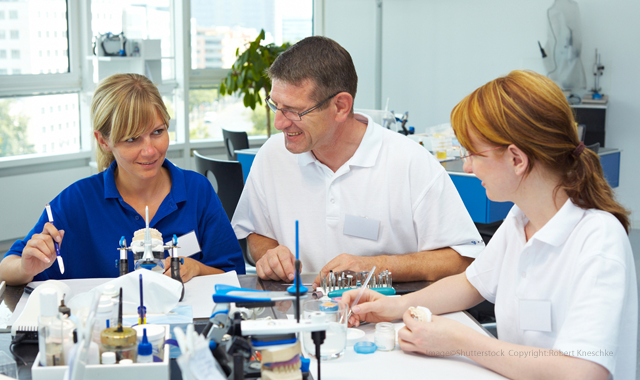
This isn’t some pipe dream - it’s happening in the real world. Sure, patients care a lot about esthetics, but as time goes on they’ll start to care a lot about the durability of a restoration too! Whether it fails the day after completion or two years after, a failed restoration means an unhappy and an unhealthy patient.
New technologies and materials are becoming more and more affordable and accessible for the dental lab, which makes them more and more affordable for dental patients. Here are 6 techniques demonstrating what some of these advances can offer. The great thing is that even for patients with older failed restorations, new techniques can mean a great smile that actually lasts.
Up next: A better, permanent smile

How to create a better, permanent smile
This was a case that I worked on for a very special patient-my own sister. The patient had a complicated dental history and has worn a removable denture for a very long time. Thankfully, she has a dental professional in the family and came to learn that she now had options for a more stable, permanent and beautiful smile.
The patient no longer wanted the partial denture that she had basically learned to live with for many years; she wanted a “fixed” solution. Teeth #s 3, 4, 8, 9 and 13 were to be prepped and were our only abutments
Click here to see the case.


How to create strong restorations with excellent esthetics
Dentistry is fortunate enough to have access to a wide selection of chairside CAD/CAM monolithic blocks, ranging from the first feldspathic block introduced back in 1991 to more recent advances in zirconia chairside milling technologies.
As dental professionals, we have witnessed a general increase in chairside monolithic block mPa strength over the years yet, many times, at the expense of esthetics. For example, we have an extremely strong material like zirconia but with less than desirable esthetics, or sometimes even more disappointing, an esthetically-pleasing restoration with low to moderate strength.
Click here to see how strength and esthetics can be combined.


Using new technology for old cases
Our patient, a female in her 60s, had undergone a reconstructive dental process 15 years earlier with unfortunate issues involved with the work from the beginning. The porcelain popped off repeatedly, requiring frequent visits to the new dentist and numerous re-cementations.
She was frustrated and unhappy with the overall case esthetics and the work which had been completed by the previous dentist. She approached the new doctor about re-doing her case and he agreed to undertake the process for her.
Everything went well with the preparations and temporization process. She could not be happier with her improved bite, new shade and overall esthetics since her case was completed. We will discuss the streamlined process and the excellent outcome within our case discussion.
Read more about how improved technology means better results


How guided implant surgery can deliver better patient care
As dentistry has moved to a digital platform, more clinicians and labs have started taking advantage of enhanced communication tools in order to provide greater patient care.
The accuracy currently achievable with digital dentistry is unparalleled. This accuracy, along with teamwork within the surgical and restorative team, is creating workflows where the final outcome can be visualized before a case is started.
Implant dentistry is no different. Using 3Shape software (Implant Studio and Dental Designer), the entire restorative team (lab, restoring doctor and surgeon) can plan the surgery and restorative options based on the planned implant placement. Benchtop testing is showing fully guided implant surgery places the implant within .1 mm in all directions of planned placement. This certainly allows for the ability to place better temporary restorations or healing abutments than what has been used in the past.
Click here to read more about improved technology.


An alternative approach to long-term temporaries
Our case study involves a female patient who was missing her lateral teeth, numbers 7 and 10. An implant had been placed on number 10 because the patient sought longevity in the treatment plan. She also wanted esthetically pleasing provisionals for cosmetic reasons since she would be wearing the restorations long-term-for six-to-nine months.
Our purpose for this article is to demonstrate the best method for fabricating this type of excellent long-term temporization. This type of work is done through the fixed department and is cosmetic in nature.
Click here to read more about a long-term solution.

Product Bites – November 10, 2023
November 10th 2023The weekly new products podcast from Dental Products Report is back. With a quick look at all of the newest dental product launches, Product Bites makes sure you don't miss the next innovation for your practice. This week's Product Bites podcast features new launches from Amann Girrbach, DMG, Pac-Dent, and ASI Dental Specialties. [4 Minutes]
ACTIVA BioACTIVE Bulk Flow Marks Pulpdent’s First Major Product Release in 4 Years
December 12th 2024Next-generation bulk-fill dental restorative raises the standard of care for bulk-fill procedures by providing natural remineralization support, while also overcoming current bulk-fill limitations.
Product Bites – October 27, 2023
October 27th 2023Product Bites makes sure you don't miss the next innovation for your practice. This week's Product Bites podcast features new launches from Kerr Dental, MGF, PreXion, ZimVie, Amann Girrbach, VOCO, ASI Dental Specialties, DMG, and NovoDynamics. [8 Minutes]
